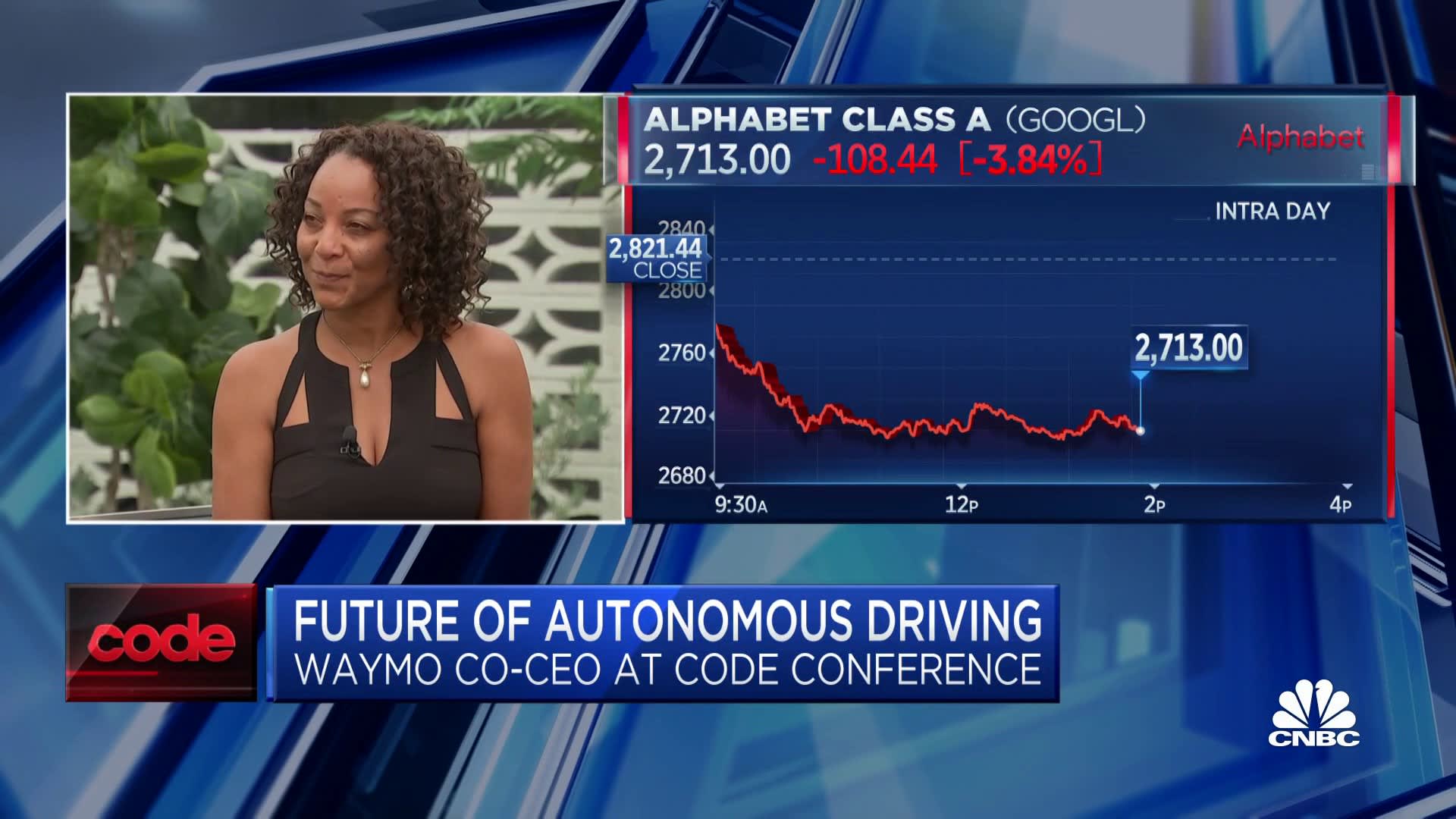Service area, compared to old Uber/Lyft ride frequency map:
View attachment 711975
This is misleading as Waymo covers ~80% of SF. If you watch Tesla's FSD SF videos you would know that most of the areas in those videos where Tesla FSD fails spectacularly is covered in the Waymo's map coverage.
These are areas that Tesla's FSD can't go more than acouple miles without a safety disengagement. Those are the areas that Waymo covers.
The comments and commentaries should be. Waymo is about to go driverless in roads that Tesla can't even complete a single drive without trying to crash.
The real question people should be asking is. If Tesla is so good and "phoenix" is so easy and Tesla can do "chandler like performance" why does tesla FSD struggle to complete a drive in Waymos's so called "pathetic zone" according to Tesla fans?
Anyway, for any reasonable person. Waymo's coverage extends to 80% of SF. Which is great. Here is the boundary of SF.
You can click on the link so you can zoom in. For a good reference SF is 47.355 sq mile. This shows you how big Waymo's geofence in chandler was (50 sq mile).
Zoom in to street level to realize how big this geo-fence is!
Some people dont even know what 1 sq mile looks like. A big time Tesla fan recently compared Waymo's geofence in phoenix to the a-couple streets course in the Darpa Urban Challenge.

Here are the acouple streets of the Urban Grand Challenge with a mini highway. The yellow lines in the center.

Here is what 1 sq miles looks like:

Also that heat map you posted is from 2016 and just contains acouple of weeks. However look at what it looks like on Saturday:
Then when you look at the legend you realize this narrative is nonsense. Waymo won't even have not any close to enough cars to supply the demand in its ~80% coverage of the city.

Last edited:



